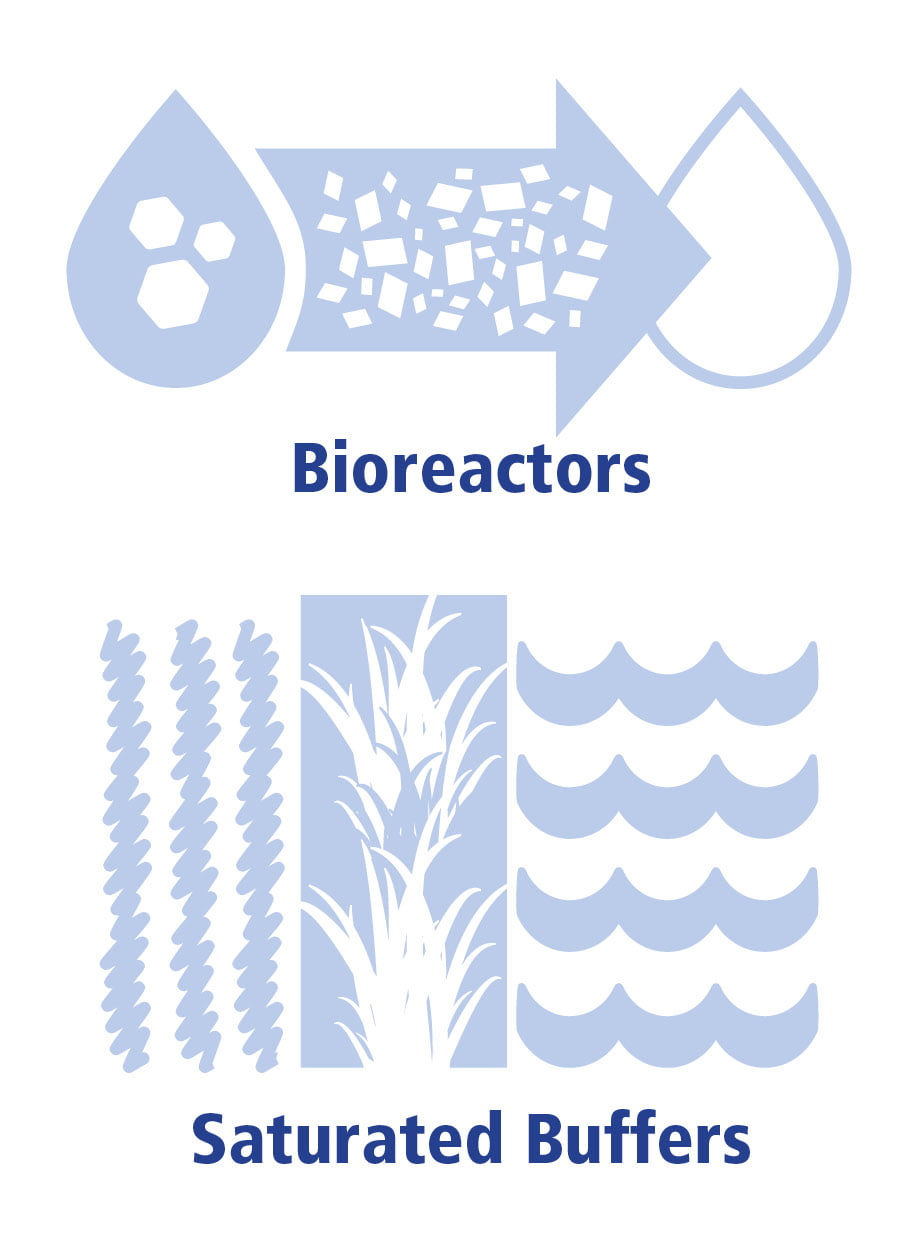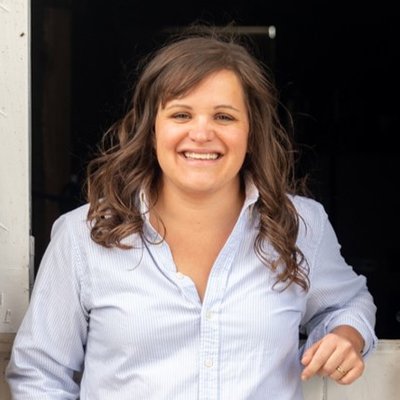
By: Sarah Feehan, IAWA Communications Intern
The workplace of the North Raccoon watershed implementation coordinator, Lee Gravel, is designed to accommodate ergonomics for computer work. As a result, Gravel’s standing desk occupies much of his actual “desk” area and handwriting letters can prove difficult.
With his ballpoint pen in hand, Gravel leaves his normal work area to find someplace quiet within the office building where he can write comfortably.
“It’s funny how much different handwriting letters is compared to using a computer,” Gravel says. “You really must plan ahead and focus on legibility.”
A major part of Gravel’s job as a watershed coordinator is implementation of conservation practices to improve water quality. In pursuing this goal, he must successfully conduct outreach to farmers and their landowners.
 In northwest Iowa, 60% of all farmland is rented. As most of these landowners are absentee landowners, Gravel’s outreach can prove difficult when landowners are unfamiliar with Iowa’s efforts to improve water quality.
In northwest Iowa, 60% of all farmland is rented. As most of these landowners are absentee landowners, Gravel’s outreach can prove difficult when landowners are unfamiliar with Iowa’s efforts to improve water quality.
While the watershed is picking up with the adoption of cover crops, Gravel is also working to have more edge-of-field practices installed (bioreactors and saturated buffers).
The Iowa Nutrient Reduction Strategy calls for a large scaling up of these innovative practices. Both saturated buffers and bioreactors can remove substantial nitrate from tile drainage water before it is discharged into streams or ditches.
Cutting Edge Technology Meets an Old-Fashioned Outreach Method
Gravel has reached out to 30 absentee landowners to have them consider installing bioreactors and saturated buffers. In a unique move, he decided to take pen to paper in an old-fashioned manner to ask landowners to consider these more modern practices.
“Knowing all too well the difficulty of engaging watershed stakeholders through traditional outreach, I knew I would have to do something different to get their attention,” Gravel says.
Gravel decided to send handwritten letters to 10 of these absentee landowners as he believes this creates intrigue, leading recipients to read the entire message. He does so once he has identified a suitable site for a bioreactor or saturated buffer.
His idea has been met with success. After handwriting these letters, 80% have responded with intentions to proceed with the suggested conservation practice(s).
Overall, the watershed is currently outpacing others in the state for the number of saturated buffers and bioreactors with 37 either constructed or in design.
 Mollie Aronowitz, Accredited Farm Manager (AFM) Land Manager at Peoples Company, knows a thing or two about successfully working with landowners as well as farmers to get conservation practices on the ground.
Mollie Aronowitz, Accredited Farm Manager (AFM) Land Manager at Peoples Company, knows a thing or two about successfully working with landowners as well as farmers to get conservation practices on the ground.
Peoples Company, a member of IAWA’s Business Council, is a leading agricultural real estate brokerage and land auction company specializing in land management, land appraisal, and land investing services offered in 14 Midwest states. Aronowitz offers the following three tips for working with landowners:
1. Personalize your outreach.
“If you have a personal connection through your network to connect with a landowner, you’ll likely have more success than a social media call-out, mass email, or generalized postcard mailing,” she explains.
2. Begin by sharing yield maps.
Aronowitz thinks that this beginning-level of data sharing opens the door for more communications. “This way, you can have some data that both parties can look at to find possible opportunities for improvement,” Aronowitz says. Acres with lower production may also be vulnerable acres with erosion and/or drainage issues. These are often good places to begin implementing conservation practices to benefit water quality, soil health, and overall land value.
“If you look at a production map, there could be 10 acres yielding poorly in the back corner that drag the average field yield down,” Aronowitz says. “You can back into a conversation about conservation with your landlord by going through practices already implemented in your operation, and then addressing yield and income opportunity if the erosion problem is addressed.”
3. Educate absentee landowners how water is going and coming from their farms, and how their farms fit into the bigger picture.
“It is possible that your landowner does not have a concept of his/her watershed,” she adds. “Educating your landowner on how his or her farm fits into the bigger picture opens up opportunities for other conversations.”
Aronowitz concludes, “In the context of water quality, both landowners and farmers are on the same team. Talking about water quality presents an opportunity for landowners and farmers to share ideas back and forth and to get information flowing both ways.”
